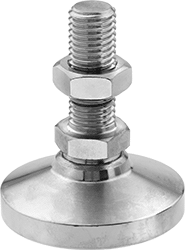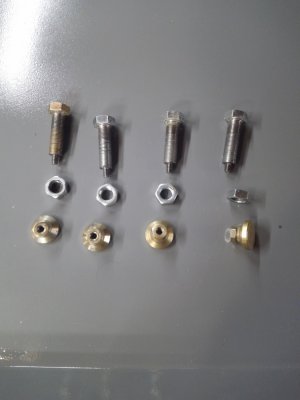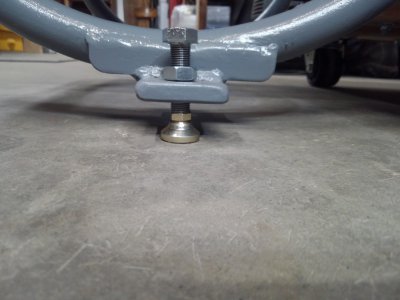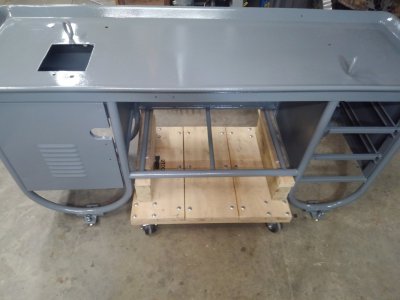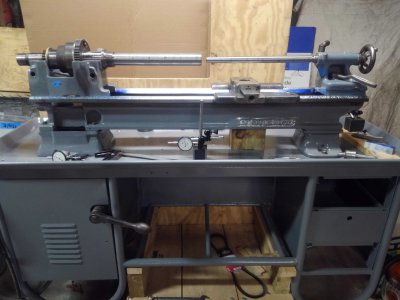- Joined
- Dec 24, 2020
- Messages
- 1,030
I haven't decided completely yet, but for my Logan I've been considering turning down the first 1/2" of the bolt to make it like a dog tip set screw and sizing it so it just barely fits in the pad hole. I'd put a heavy chamfer on the point so it would self-center and have the dog longer than the hole is deep so it bottoms out rather than having the threads pressed against the top of the pad. My surface grinder has that basic setup and it seems to work nicely.


